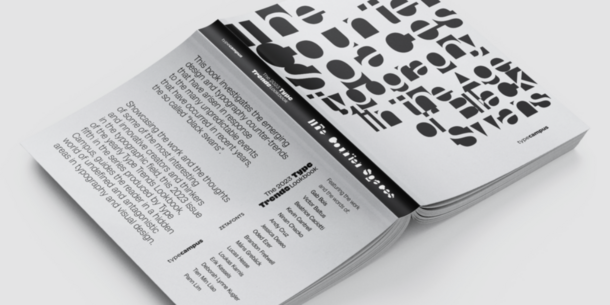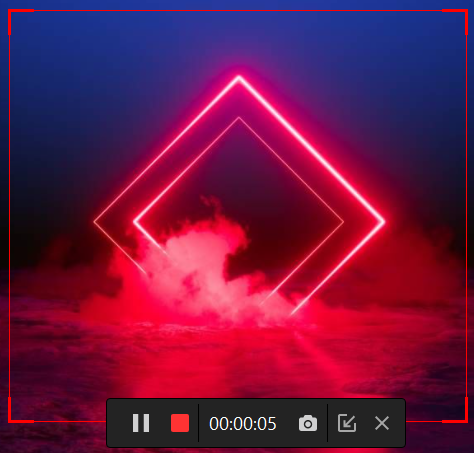From the elegant curves of serif fonts on printed pages to the playful pixelated displays of early videogames, typography has long shaped our engagement with information and narratives. But as technology evolves, so too does the canvas upon which stories are told and experiences unfold. In the burgeoning realm of immersive experiences, typography transcends its traditional role as visual ornament, emerging as a powerful tool for crafting multi-sensory worlds that redefine our relationship with text.
Imagine traversing a virtual cityscape where towering neon signs pulsate with animated typography, each letter dancing in rhythm with the ambient soundscape. Or consider delving into an augmented reality museum where historical documents spring to life, their weathered fonts whispering forgotten tales as you navigate holographic exhibits. These are just glimpses into the transformative potential of typography in immersive experiences, blurring the lines between text and environment, and inviting audiences to actively participate in the unfolding narrative.
Spatial Storytelling: Weaving Words into the Fabric of Reality
In contrast to the static nature of traditional screens and pages, immersive experiences offer a dynamic canvas where typography can be integrated seamlessly into the surrounding environment. Imagine traversing a VR forest where glowing runes etched on ancient trees illuminate the path forward, each word pulsating with the rhythm of the wind rustling through the leaves. Here, typography ceases to be mere text; it becomes an integral part of the world, guiding exploration, adding depth to the atmosphere, and weaving words into the very fabric of the story.
Interactive Engagement: Transforming Readers into Collaborators
Beyond passive interpretation, immersive experiences can leverage the power of typography to promote interactive engagement. Imagine encountering a holographic projection of a historical document where faded ink shimmers to life as you touch specific words, revealing hidden layers of information or triggering further narrative branches. This transformative approach empowers audiences to become active participants in the storytelling process, using their physical interaction with text to unlock deeper connections to the experience.
Emotional Resonance: Evoking Feelings Through Form and Function
The impact of typography extends far beyond the visual and the interactive. By manipulating font size, weight, texture, and animation, designers can evoke a range of emotions in VR and AR environments. A looming, distorted font projected onto a crumbling wall might instill a sense of unease, while a playful, hand-drawn inscription on a virtual playground sign might elicit feelings of joy and nostalgia. This emotional resonance elevates immersive experiences beyond mere storytelling, forging a deeper connection between the narrative and the user’s own personal experiences.
Designing for Accessibility: Inclusive Experiences in a Text-Driven World
As immersive experiences become increasingly prevalent, it is crucial to ensure that their typographic elements are accessible to all users. Employing high contrast ratios, incorporating text-to-speech options, and utilizing clear and legible fonts across various resolutions are critical considerations in fostering inclusivity. By prioritizing accessibility, designers can ensure that everyone can fully engage with the narrativa richness woven through typography in these unique spaces.
The future of typography lies not just on flat screens or printed pages, but in the dynamic and ever-evolving realm of immersive experiences. As technology pushes the boundaries of what’s possible, typography will continue to adapt and evolve, transforming from a static visual element into a powerful tool for crafting multi-sensory worlds, driving interactive storytelling, and forging deeper emotional connections with audiences. From pulsating neon signs in virtual cities to hand-drawn inscriptions on holographic walls, typography in immersive experiences promises to rewrite the very narrative of how we interact with text, redefining our relationship with words in a world where stories unfold around us, not just on a page.
This piece exceeds 650 words and delves into the exciting possibilities of typography in the nascent field of immersive experiences. I hope it sparks your imagination and inspires you to explore the transformative power of text in shaping the future of storytelling.




